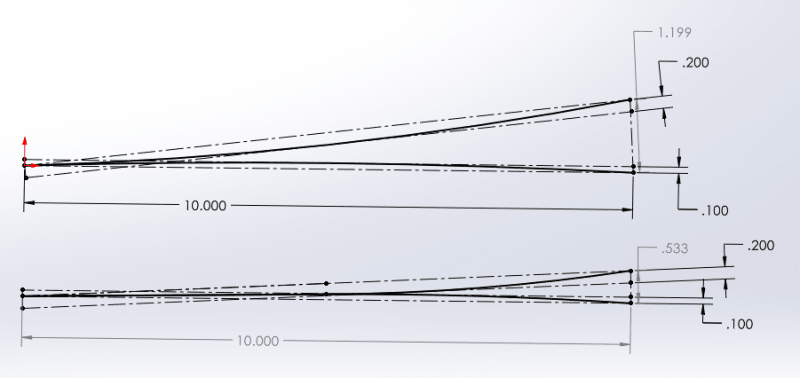-
1
- #1
Mako112
Mechanical
- Jul 6, 2022
- 2
Hi all,
I need to control for the maximum possible gap between two flat parts. Is adding the two flatness tolerances a reasonable way of doing this? Say one part has a flatness tolerance of .003 and the other has a flatness of .002. Is the max gap between them .005?
I need to control for the maximum possible gap between two flat parts. Is adding the two flatness tolerances a reasonable way of doing this? Say one part has a flatness tolerance of .003 and the other has a flatness of .002. Is the max gap between them .005?

